According to a report by MarketsandMarkets, the wearable technology market is expected to reach $54 billion by 2023. Understanding consumer behaviour related to wearable technology is more important than ever. Analyzing consumer behaviour can provide valuable insights for product marketing managers and research executives, enabling them to design products that meet different consumer segments’ needs and preferences and develop effective marketing and pricing strategies.
This blog will examine the various facets of consumer behaviour related to wearable technology, including purchasing habits, usage patterns, and perceptions of the technology. Through this analysis, we can better understand the needs and preferences of different consumer segments and how companies can cater to these needs to stay competitive in this growing industry.
Wearable technology refers to electronic devices worn on the body, typically as accessories or clothing items. These devices are designed to track or collect data related to the wearer’s health, fitness, and daily activities, among other things. Examples of wearable technology products include smartwatches, fitness trackers, and augmented reality glasses.
The benefits of wearable technology from a consumer perspective are numerous. Wearable devices can help individuals track their fitness goals, monitor their health metrics, and stay connected to their digital lives on the go. A recent study by Grand View Research estimated that the global wearable technology market size is expected to reach $104.39 billion by 2027, with the health and fitness segment being the largest market.
However, there are also drawbacks to wearable technology that should be considered. One concern is the potential invasion of privacy, as these devices collect and transmit data about the wearer’s personal life. Another drawback is the potential for distraction and over-reliance on technology, as wearers may become too focused on their devices instead of their surroundings.
As wearable technology continues to evolve, so do its benefits and drawbacks. The late fashion designer Karl Lagerfeld once said, “Technology has to be invisible. Wearable technology must be beautiful.” This sentiment reflects the desire of consumers for devices that not only function well but also look good and feel comfortable to wear.
Despite the potential drawbacks, wearable technology is poised to continue its growth in popularity as more consumers seek to integrate technology into their daily lives. As the benefits of these devices become more widely recognised and as technology continues to advance, wearable technology is likely to play an increasingly important role in the future of consumer technology.
Wearable Technology Timeline
- 1975: The first wearable computer, the “Wearable Computer for Computerised Conference Control,” is created by Edward Thorp and Claude Shannon.
- 1994: Seiko releases the first smartwatch, called the Seiko MessageWatch.
- 1999: The first Bluetooth headset, developed by Ericsson, is released.
- 2008: Fitbit releases its first fitness tracker, the Fitbit Classic.
- 2010: The first generation of the Apple Watch is released, marking Apple’s entry into the wearable technology market.
- 2012: Google releases Google Glass, a pair of smart glasses that use augmented reality technology.
- 2014: The first Android Wear smartwatches, including the LG G Watch and the Samsung Gear Live, are released.
- 2015: The Apple Watch Series 1 is released, which includes features such as heart rate monitoring and fitness tracking.
- 2016: Pokemon Go, an augmented reality mobile game, becomes a worldwide sensation and brings attention to the potential of augmented reality technology in wearable devices.
- 2017: Fitbit acquires Pebble, a popular smartwatch brand.
- 2018: Apple releases the Apple Watch Series 4, which includes advanced health features such as an ECG monitor and fall detection.
- 2019: The global wearable technology market is valued at $32.63 billion, according to a report by Grand View Research.
- 2020: The COVID-19 pandemic increases demand for wearable technology that can monitor health metrics, such as temperature and oxygen levels.
- 2021: Wearable devices continue to gain popularity, with features such as sleep tracking, stress monitoring, and more advanced fitness tracking capabilities.
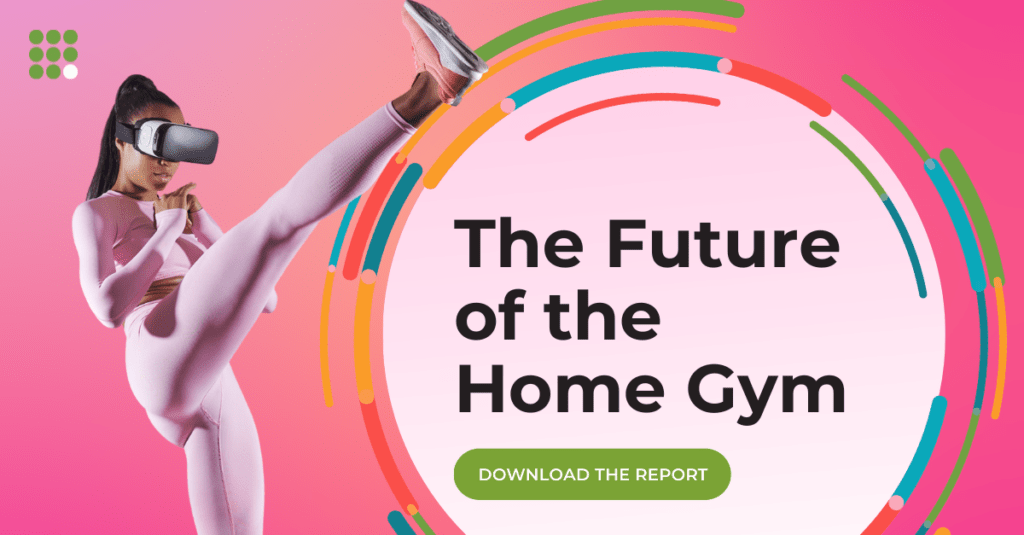
Wearable Tech Consumer Purchasing Habits
Consumer purchasing habits play a crucial role in the wearable technology industry, directly influencing product design, marketing, and pricing strategies.
Here are some of the main factors that influence consumers’ decisions to purchase wearable technology:
- Health and Fitness Goals: Consumers who prioritise health and fitness are more likely to purchase wearable technology devices, such as fitness trackers and smartwatches, that can help them monitor their activity levels, sleep patterns, and overall health metrics. According to a 2021 survey by Statista, 53% of wearable technology users in the United States use their devices to track fitness and health.
- Fashion and Style: Wearable technology designed to be stylish and aesthetically pleasing can appeal to fashion-conscious consumers. For example, luxury watch brands such as TAG Heuer and Fossil have introduced smartwatches that combine fashion and technology to cater to this market.
- Compatibility with Other Devices: Consumers who already own other devices, such as smartphones or laptops, may be more likely to purchase wearable technology compatible with their existing technology. This can include devices that use the same operating system, such as Apple’s ecosystem of products, or devices that integrate with popular apps and services.
- Price: The cost of wearable technology devices is important for many consumers. According to a 2021 report by PwC, price was the most important consideration for 60% of respondents considering purchasing a wearable device.
Consumer purchasing habits also vary depending on the demographic and psychographic characteristics of different consumer segments. For example, younger consumers may be more likely to purchase wearable technology as they are more likely to be early adopters of new technology. Similarly, consumers with higher incomes may be more likely to buy luxury wearable devices, while consumers who prioritise environmental sustainability may be more likely to purchase eco-friendly wearable technology.
According to a 2020 report by IDC, the top five wearable technology vendors in market share are Apple, Xiaomi, Samsung, Huawei, and Fitbit. These companies cater to different market segments and offer a range of products at different price points. For example, Apple’s high-end smartwatches and earbuds appeal to consumers who prioritise technology and style, while Fitbit’s fitness trackers cater to consumers who prioritise health and fitness.
Get regular insights
Keep up to date with the latest insights from our research as well as all our company news in our free monthly newsletter.

Wearable Technology Usage Patterns
Wearable technology has a wide range of applications and features that make it appealing to consumers. Here are some of the ways that consumers use wearable technology and the features and functionalities that are most important to them:
- Fitness Tracking: Wearable technology is popular for fitness tracking, with features like step tracking, heart rate monitoring, and calorie tracking. According to a 2021 survey by Statista, 57% of wearable technology users in the United States use their devices for fitness and exercise.
- Health Monitoring: Wearable technology can also be used for health monitoring, with features like blood pressure monitoring, sleep tracking, and medication reminders. This is especially important for ageing populations or individuals with chronic health conditions.
- Communication and Connectivity: Wearable technology can be used for communication and connectivity, with features like phone calls, messaging, and social media integration. This is particularly useful for busy professionals or individuals always on the go.
- Entertainment and Gaming: Wearable technology can be used for entertainment and gaming, with features like music streaming, video playback, and augmented reality games. This is popular among younger consumers who prioritise entertainment and technology.
- Workplace Applications: Wearable technology can be used in workplace applications, such as industrial settings where workers need to be hands-free or in retail environments where workers need to access inventory and customer data quickly.
The features and functionalities that are most important to consumers vary depending on the device’s intended use. For fitness trackers and smartwatches, consumers prioritise features such as battery life, accuracy, and ease of use. For workplace wearables, consumers prioritise durability, connectivity, and compatibility with existing systems.
Usage patterns also vary among different consumer segments. For example, according to a 2021 survey by YouGov, men are more likely than women to use wearable technology for fitness and exercise purposes, while women are more likely to use wearables for health monitoring. Similarly, younger consumers are more likely to use wearable technology for entertainment and gaming, while older consumers prioritise health and fitness tracking.
Brands that have successfully tapped into different usage patterns and consumer segments include Fitbit, Apple, and Samsung. Fitbit’s range of fitness trackers and smartwatches cater to consumers who prioritise health and fitness, while Apple’s high-end smartwatches appeal to consumers who prioritise technology and style. Samsung offers a range of smartwatches with features such as cellular connectivity and long battery life, which appeal to consumers who prioritise connectivity and convenience.
Overall, wearable technology is a versatile and multi-functional technology that appeals to a wide range of consumers. Understanding the different usage patterns and preferences of different consumer segments will be critical for companies in this industry to continue innovating and meeting the evolving needs of consumers.
Perceptions of Wearable Technology
Consumer perceptions of wearable technology play a significant role in the success of these devices in the market. Here are some of the attitudes and beliefs that consumers may have about wearable technology:
- Convenience: Many consumers perceive wearable technology as convenient, allowing them to access information and stay connected without pulling out their smartphones.
- Health and Fitness Benefits: Consumers who prioritise health and fitness perceive wearable technology as a tool for improving their overall health and fitness goals by tracking their activity levels, sleep patterns, and other health metrics.
- Fashion and Style: Consumers who prioritise fashion and style may perceive wearable technology as an accessory that complements their personal style and reflects their personality.
- Privacy and Security Concerns: Some consumers are concerned about wearable technology’s privacy and security implications, as these devices can collect and transmit sensitive data about the wearer’s personal life.
- Stigma and Social Acceptance: Some consumers may perceive wearable technology as stigmatised or socially unacceptable, especially if the devices are bulky, unattractive, or otherwise conspicuous.
- Limited Battery Life: Many wearable devices have limited battery life, which can be a source of frustration for consumers who need to use them throughout the day.
Factors influencing consumers’ perceptions of wearable technology include product design, marketing messaging, and media coverage. For example, Apple’s sleek and stylish smartwatches have helped to rebrand wearable technology as a fashion accessory. In contrast, Fitbit’s focus on health and fitness has helped to position wearable technology as a tool for self-improvement.
In terms of concerns and misconceptions, wearable technology companies have worked to address issues such as privacy and security by implementing data encryption and user consent measures. For example, Fitbit’s privacy policy states that user data is encrypted and anonymous and that users can choose whether or not to share their data with third-party apps and services.
Media coverage and public perception also play a role in shaping consumer attitudes toward wearable technology. For example, the Google Glass project was ultimately discontinued in 2015 due to negative media coverage and privacy concerns. However, other products, such as smartwatches and fitness trackers, have continued to gain popularity as consumers become more comfortable with the technology and its benefits.
Overall, understanding consumer attitudes and perceptions towards wearable technology is crucial for companies in this industry to design products that meet consumers’ needs and preferences and address concerns and misconceptions that may impact adoption rates. As wearable technology continues to evolve and become more integrated into daily life, consumer perceptions and attitudes will be key factors in its success.
Understanding consumer behaviour related to wearable technology can provide valuable insights for product marketing managers and marketing executives. Here are some recommendations and implications for these professionals based on the analysis of consumer behaviour:
- Design products that meet the needs and preferences of different consumer segments: Consumer behaviour analysis can help brands identify the segments of consumers likely to purchase wearable technology, as well as the features and functionalities that are most important to them. This information can be used to design products that meet these segments’ specific needs and preferences.
- Address privacy and security concerns: Privacy and security concerns are among consumers’ top concerns about wearable technology. Brands should address these concerns, such as implementing data encryption and user consent measures and communicating these measures clearly to consumers.
- Emphasise the benefits of wearable technology: Consumers are more likely to purchase when they understand its benefits. Brands should emphasise the convenience, health, and fitness benefits, and other features that make wearable technology a valuable addition to consumers’ lives.
- Innovate with new features and functionality: As wearable technology continues to evolve, brands should look for new features and functionality that can enhance the value and appeal of these devices. For example, advances in biometric technology and augmented reality has the potential to open up new possibilities for wearable technology.
- Use pricing strategies that cater to different consumer segments: Consumer behaviour analysis can also help product marketing managers and executives to identify the different pricing strategies that are most effective for different consumer segments. For example, luxury smartwatch brands may be able to charge higher prices for their products, while budget fitness tracker brands may need to compete on price to attract price-sensitive consumers.
According to a report by MarketsandMarkets, the wearable technology market is expected to grow at a CAGR of 15.5% from 2021 to 2026, highlighting the importance of developing effective strategies to stay competitive in this growing industry. By considering these recommendations, companies can develop effective product design, marketing, and pricing strategies that cater to the needs and preferences of different consumer segments.
As technology continues to evolve, so will the world of wearable technology. As Steve Mann, a pioneer in wearable computing, once said: “Wearable computing is the next stage in the digital revolution. Combining technology with fashion can make our devices more personalised and integrated into our lives.”
Understanding consumer behaviour towards wearable technology is crucial for brands to design products that meet the needs and preferences of different consumer segments and to develop effective marketing and pricing strategies.
As the wearable technology market continues to grow, companies in this industry will need to stay vigilant and continue to innovate to meet the evolving needs of consumers.
By analyzing consumer behaviour, addressing concerns and misconceptions, and emphasising the benefits of wearable technology, companies can position themselves for success in this dynamic and rapidly-growing industry. As wearable technology becomes more integrated into daily life, the potential for innovation and growth in this field is limitless.
Learn more about the wearable technology industry in our comprehensive trend report Feeling Good: Powering the Next Gen of Fitness and Medtech. Download here.

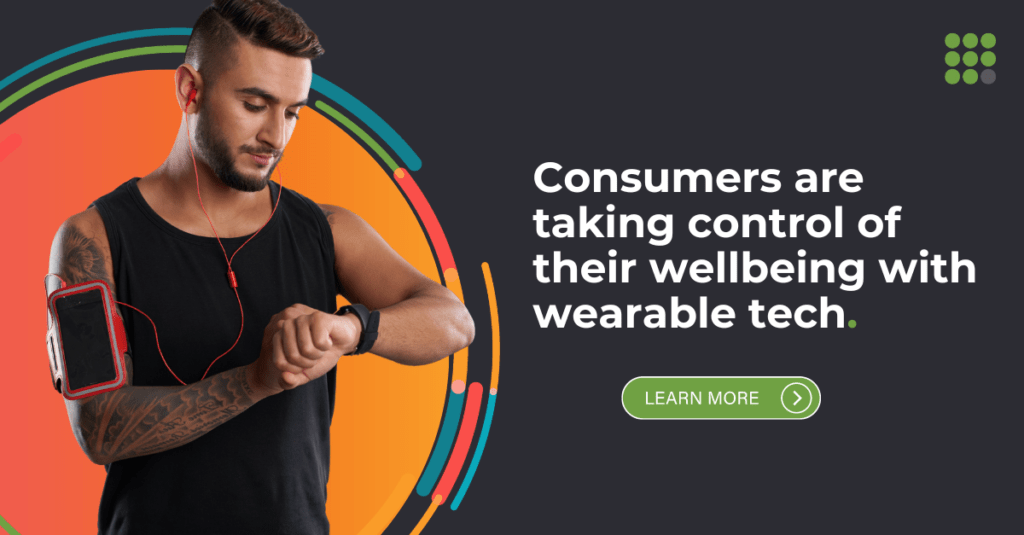






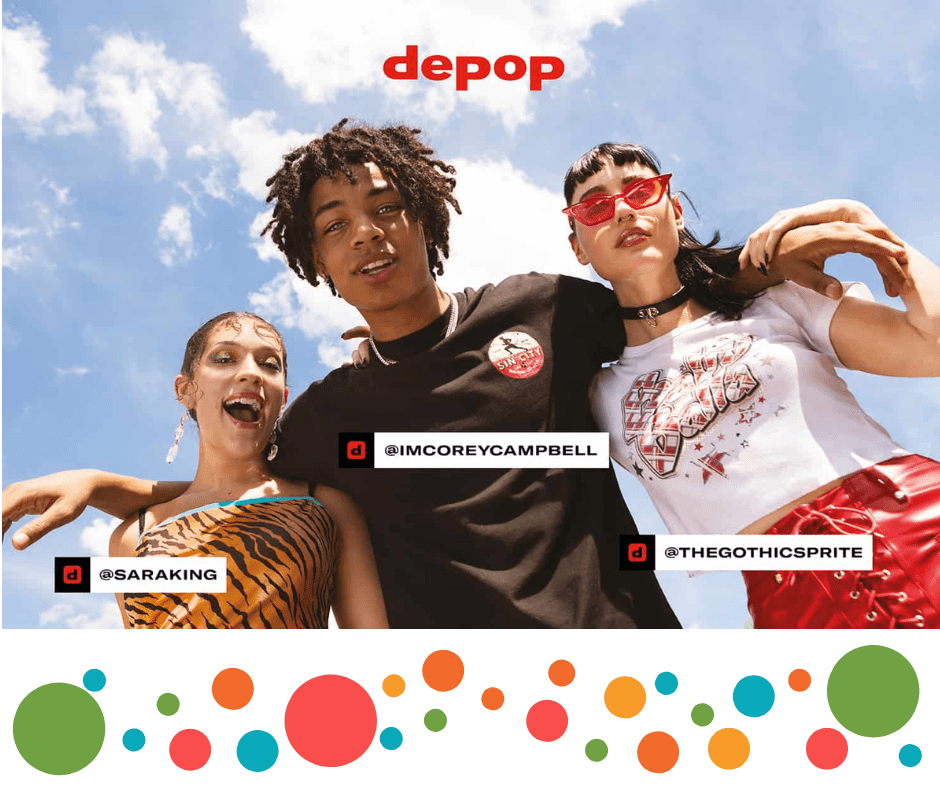




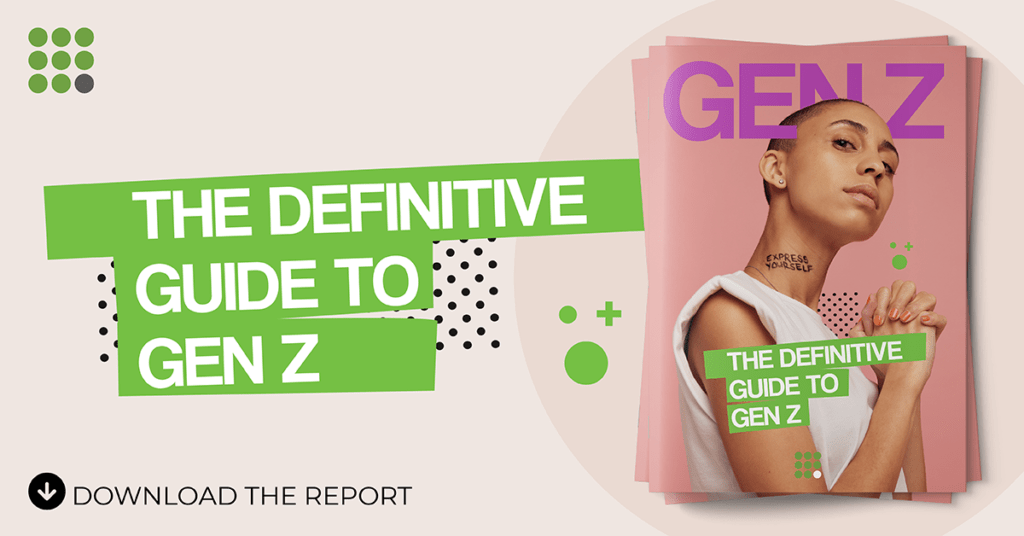
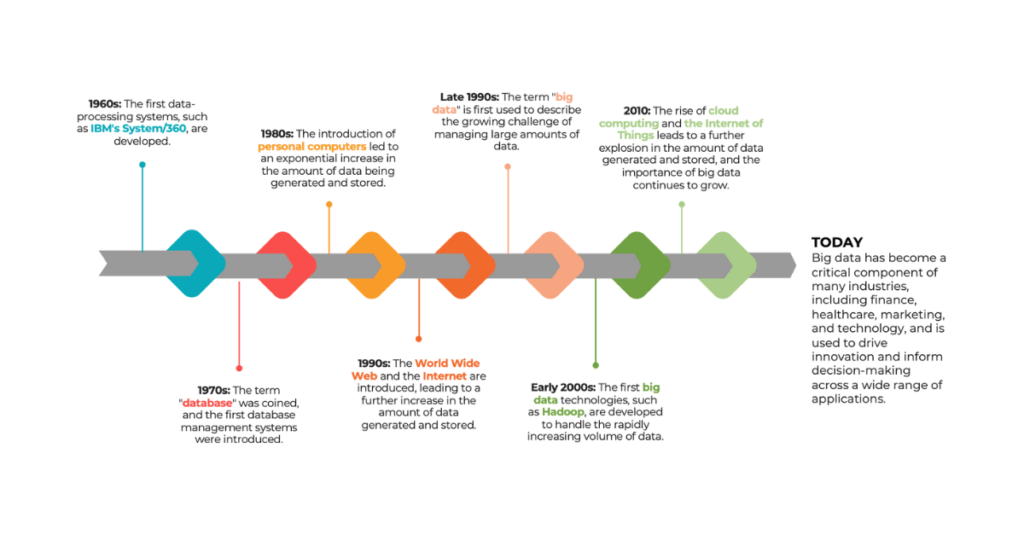
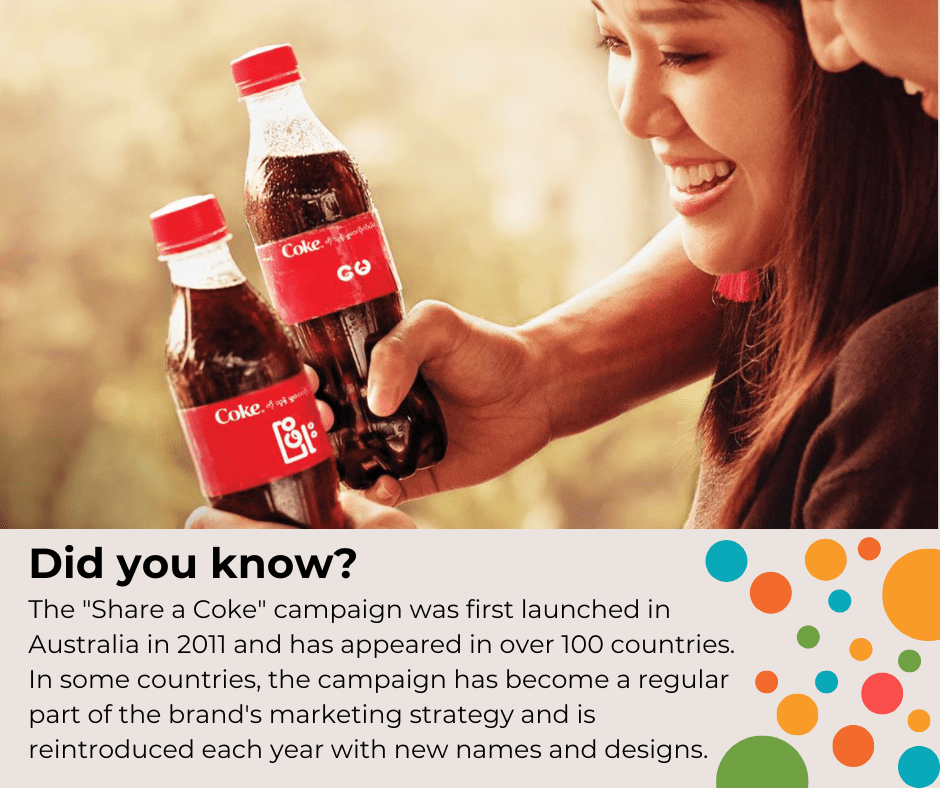
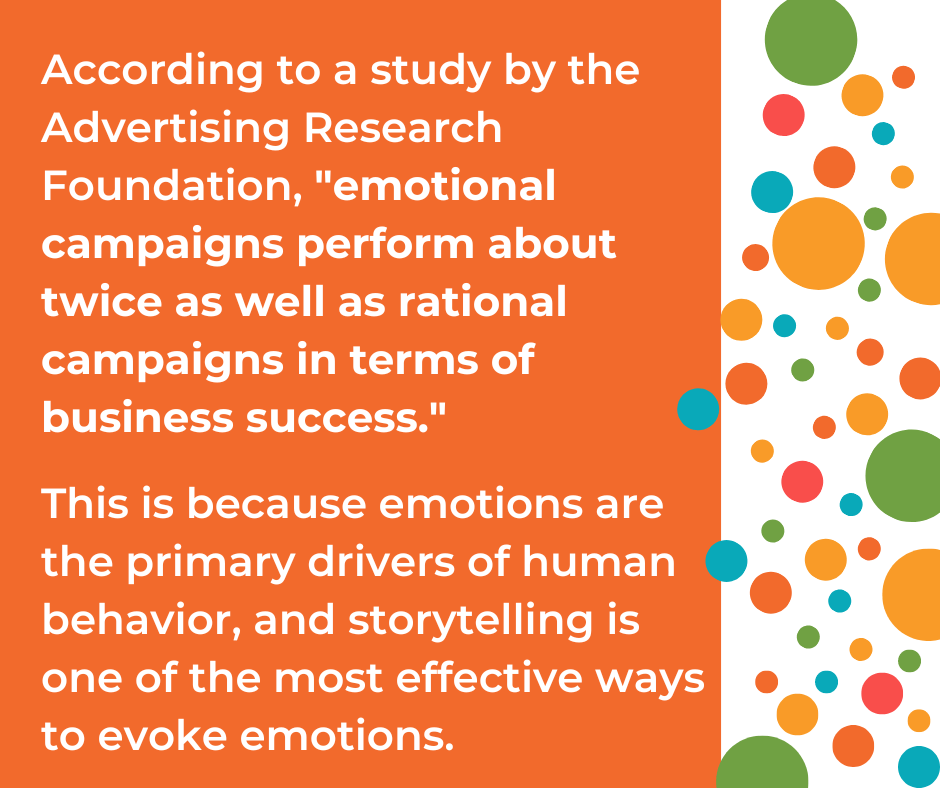

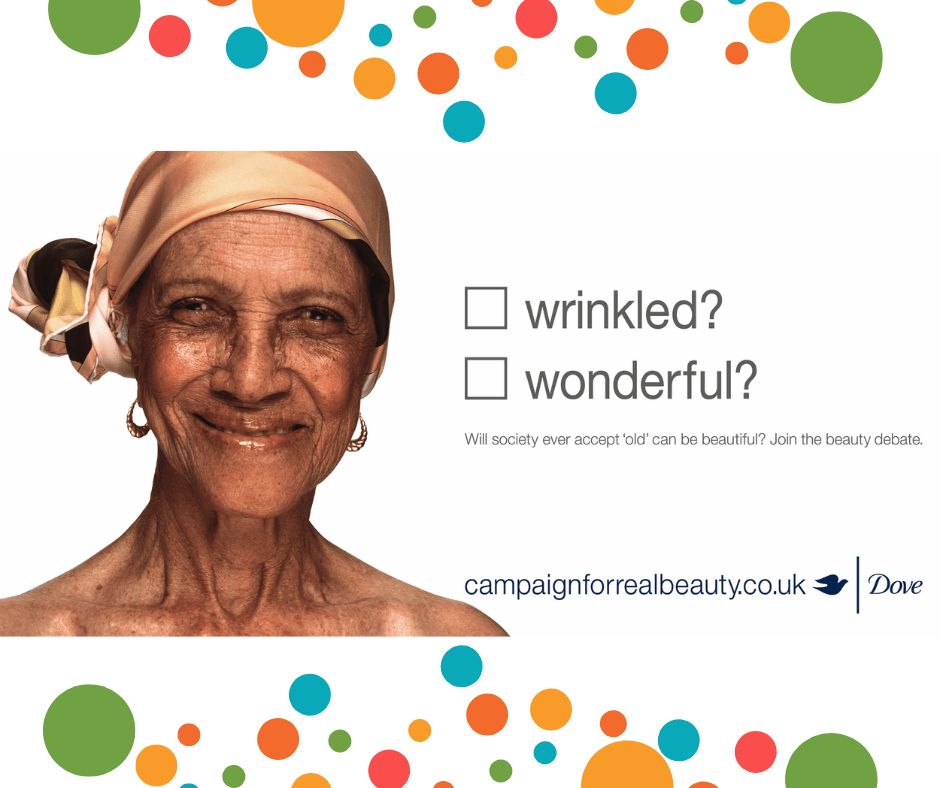
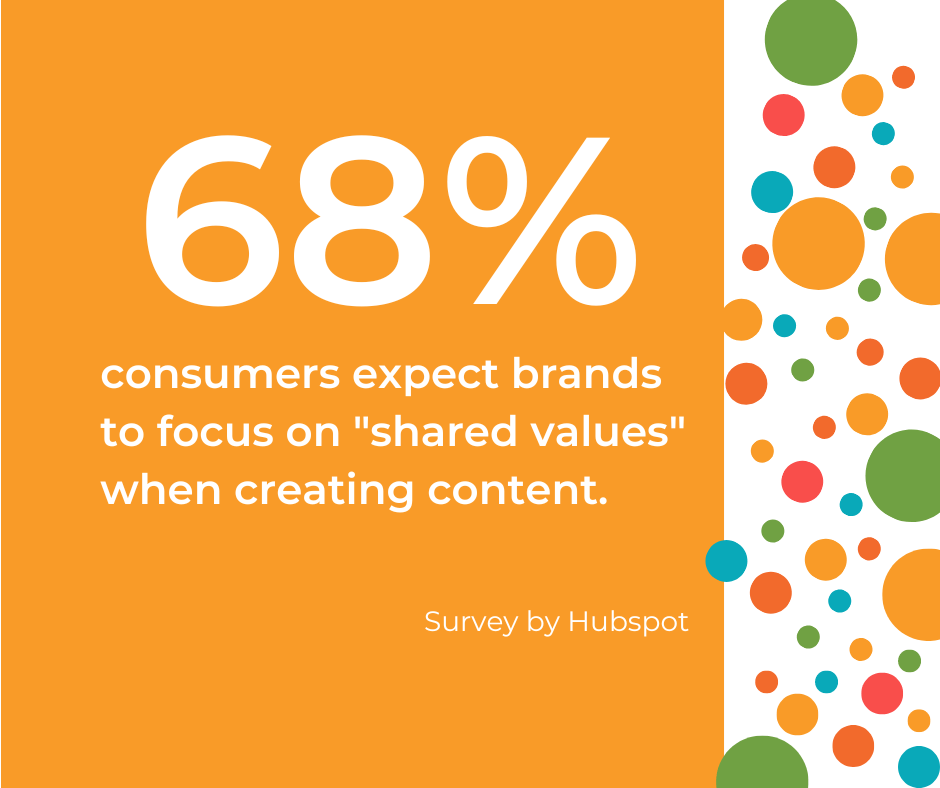

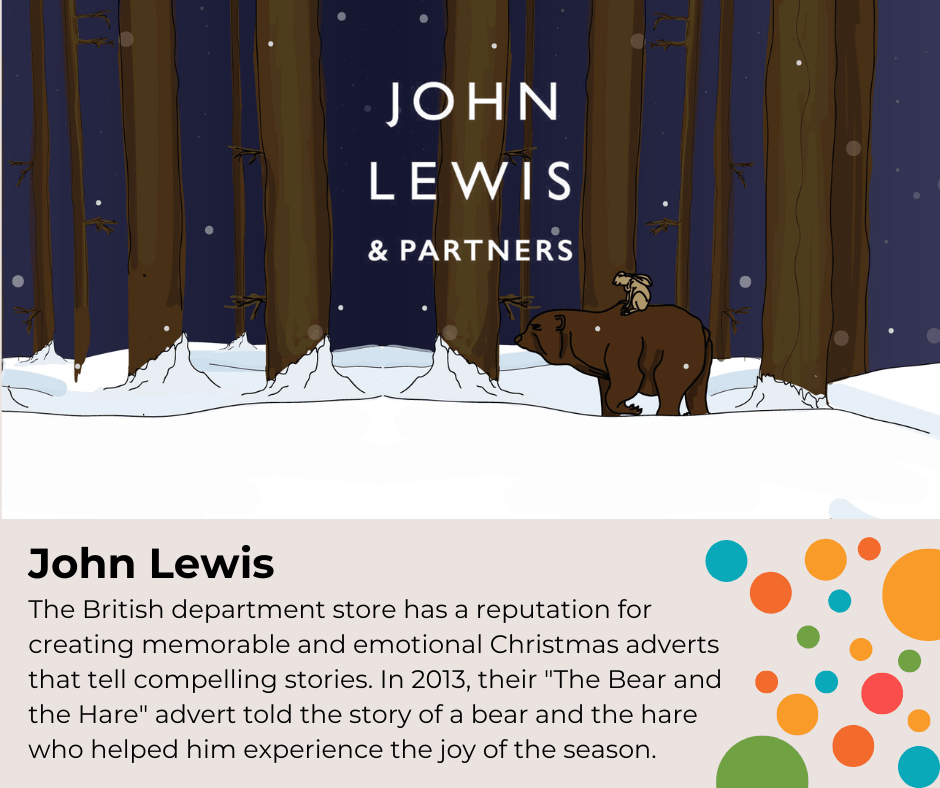
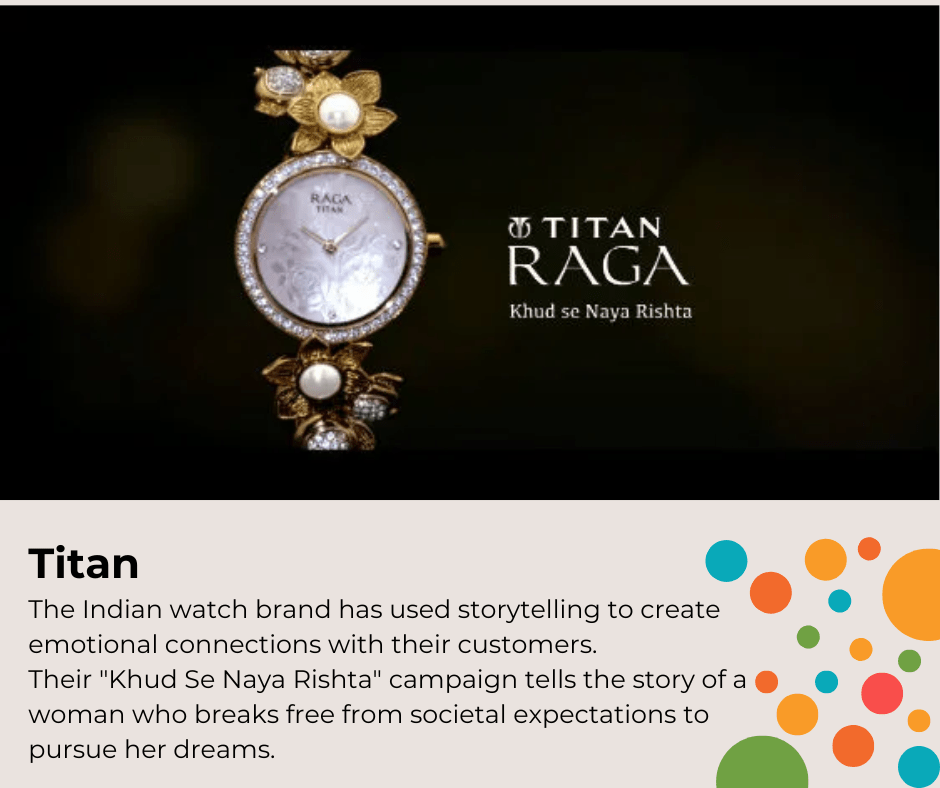

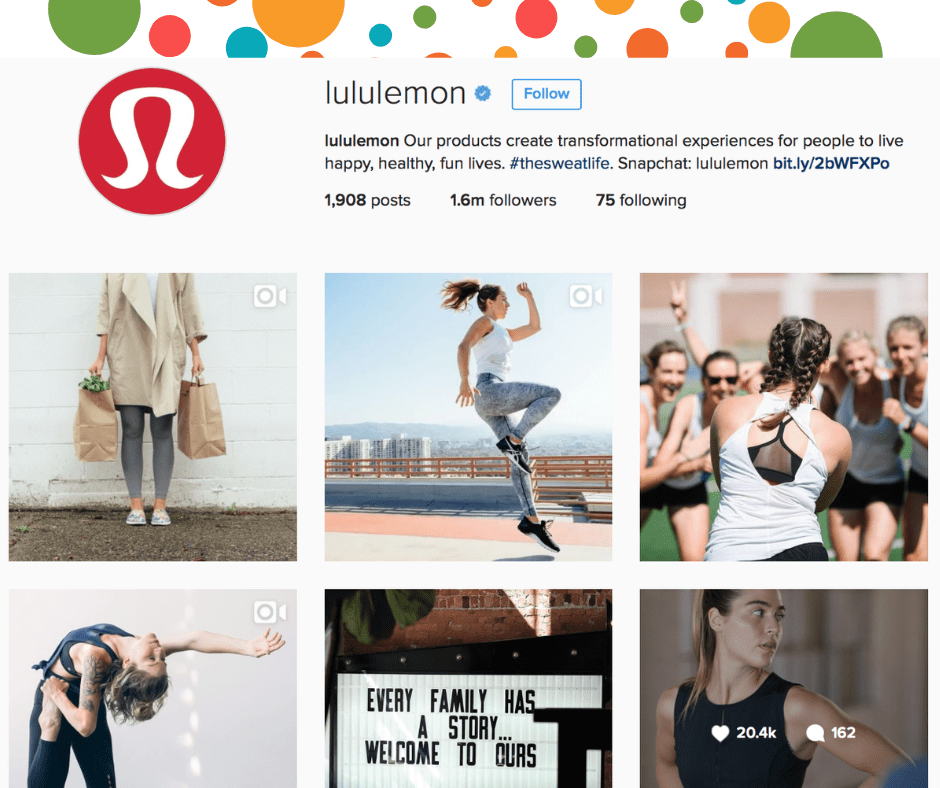
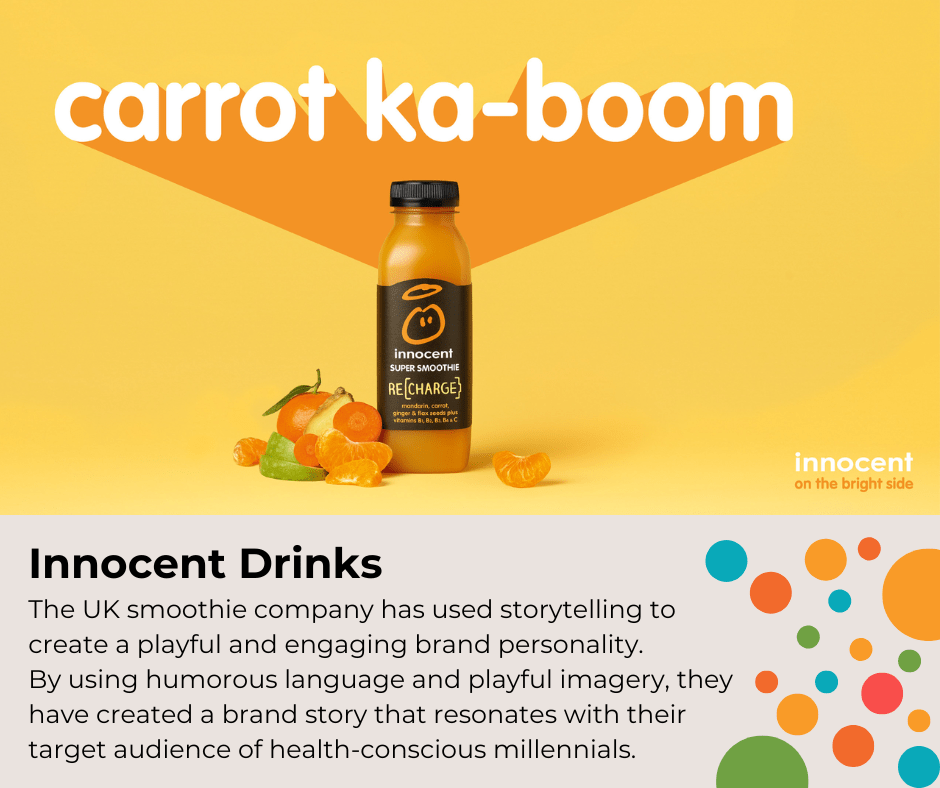

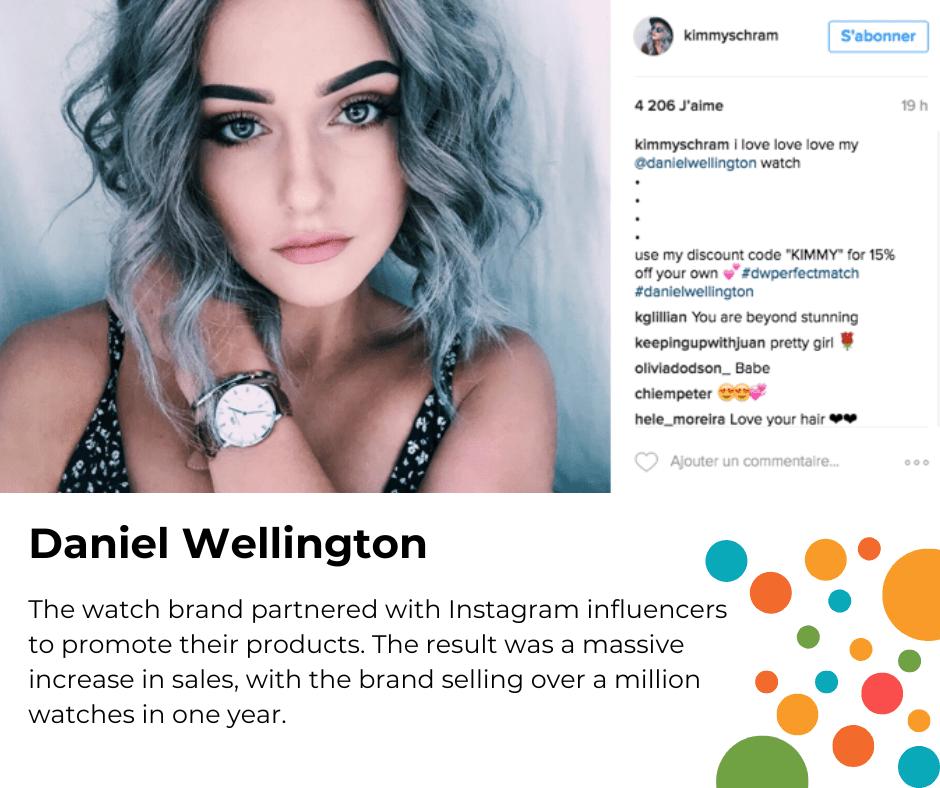
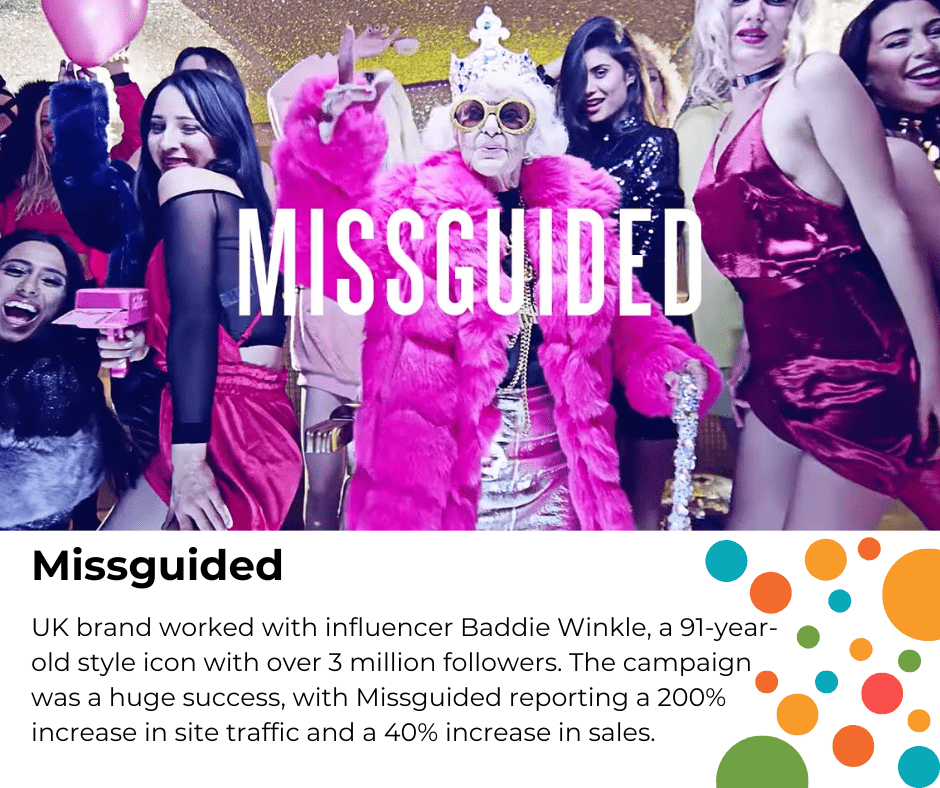
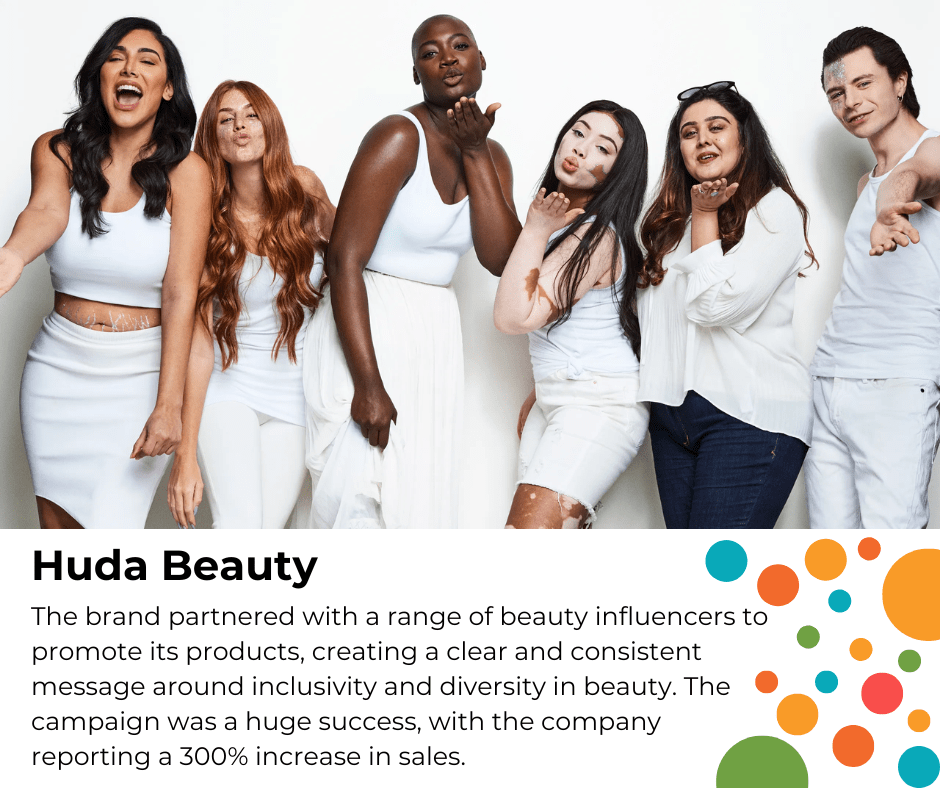
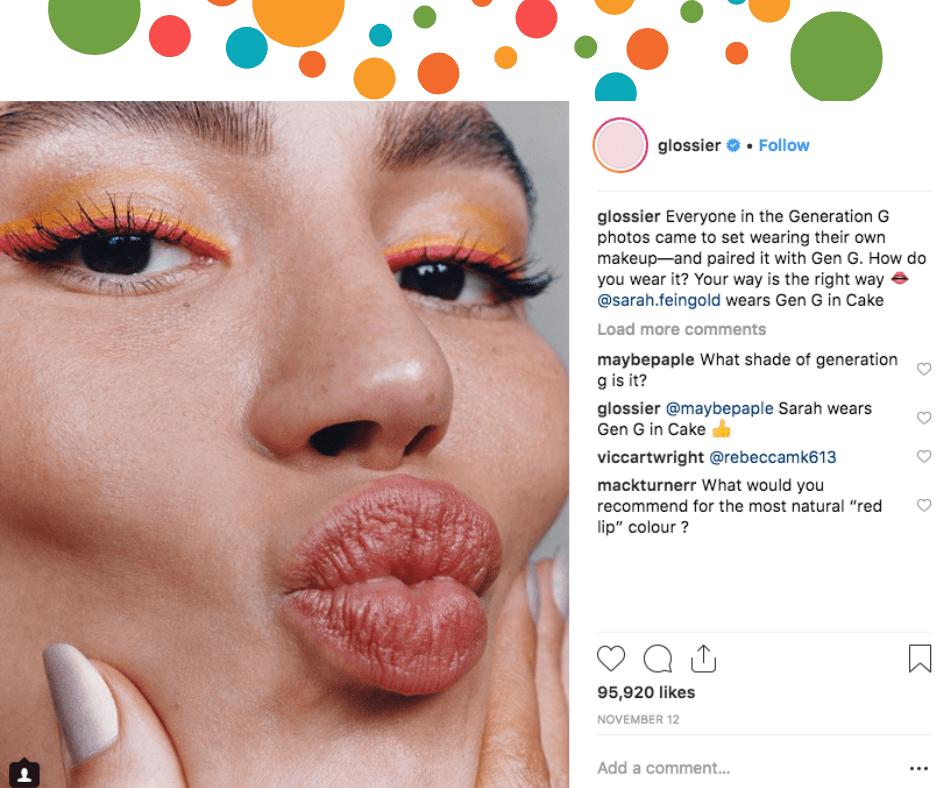
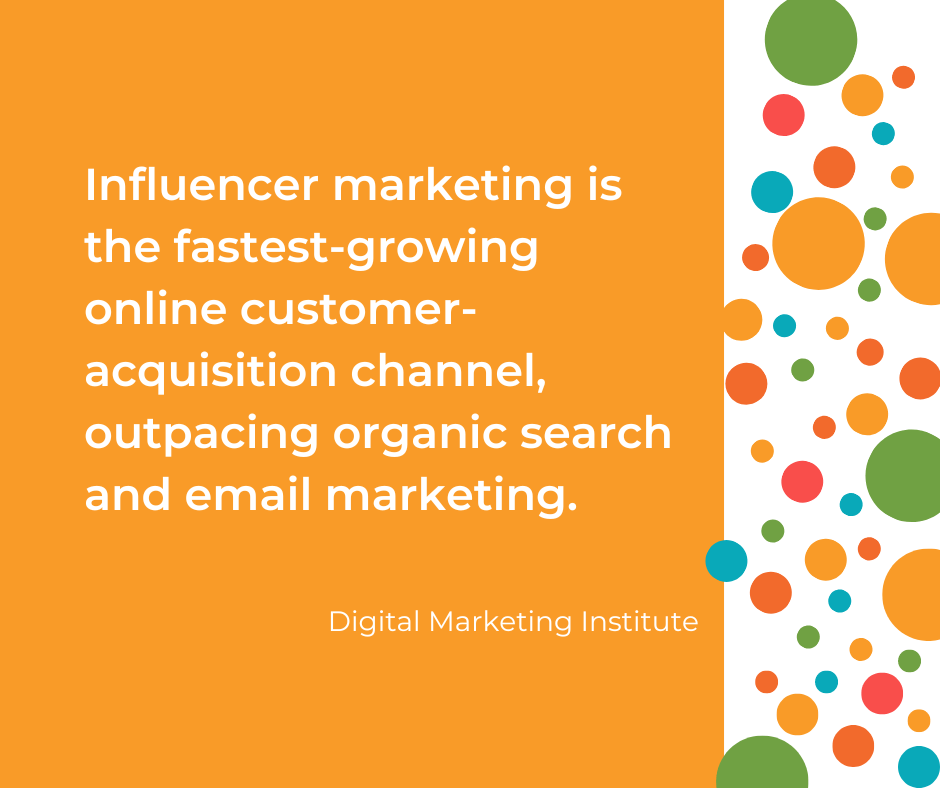

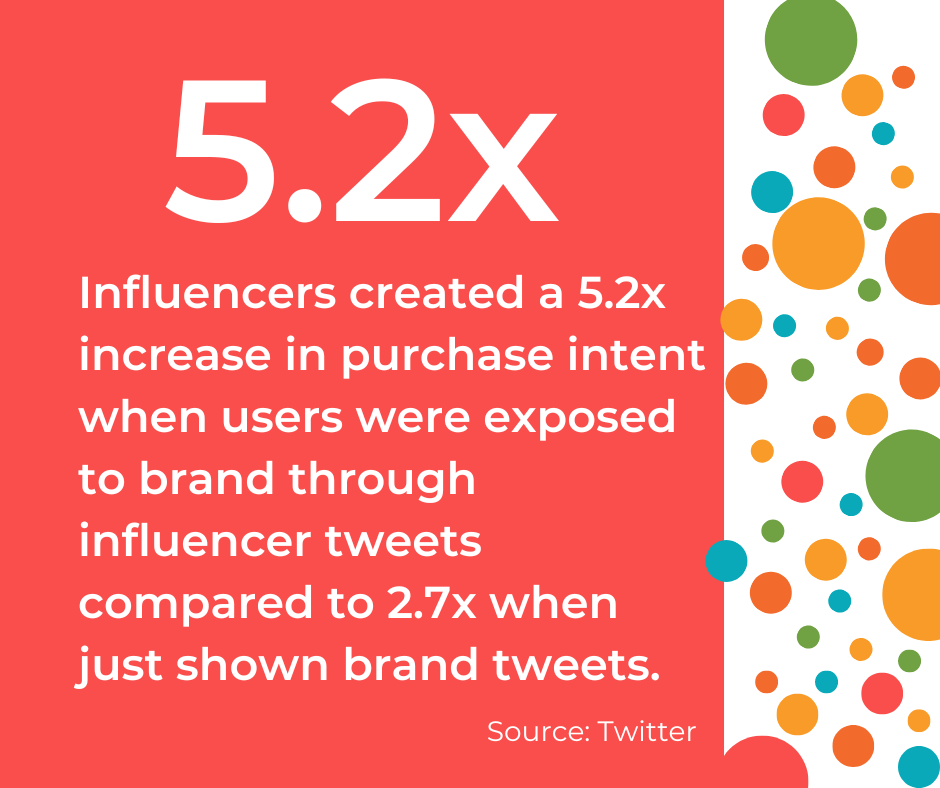
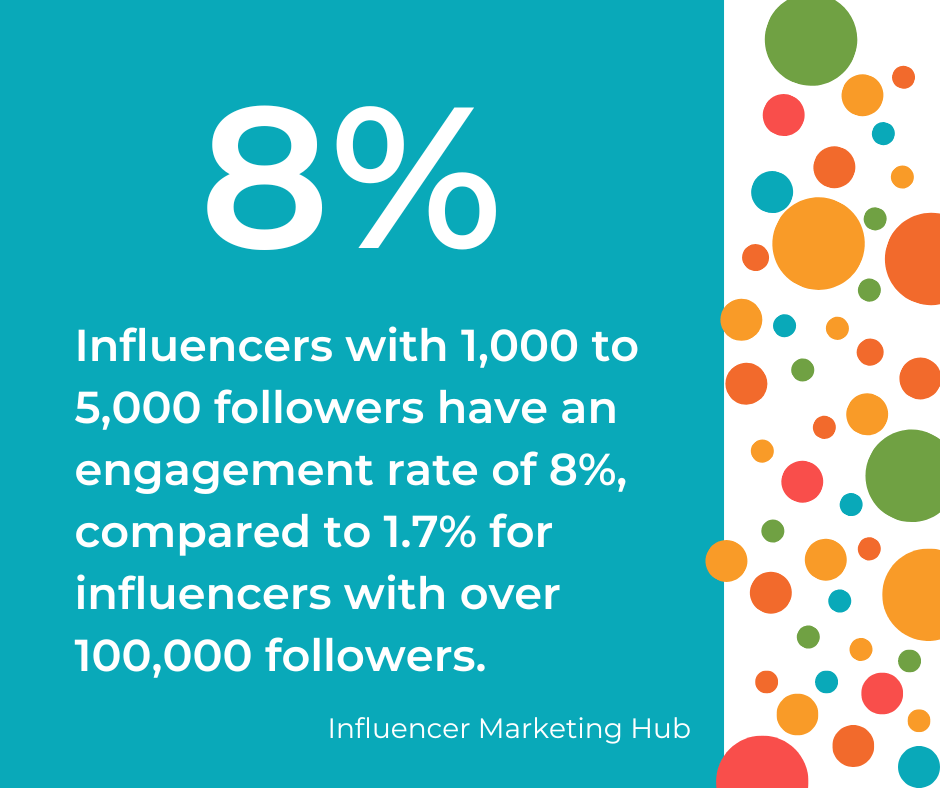
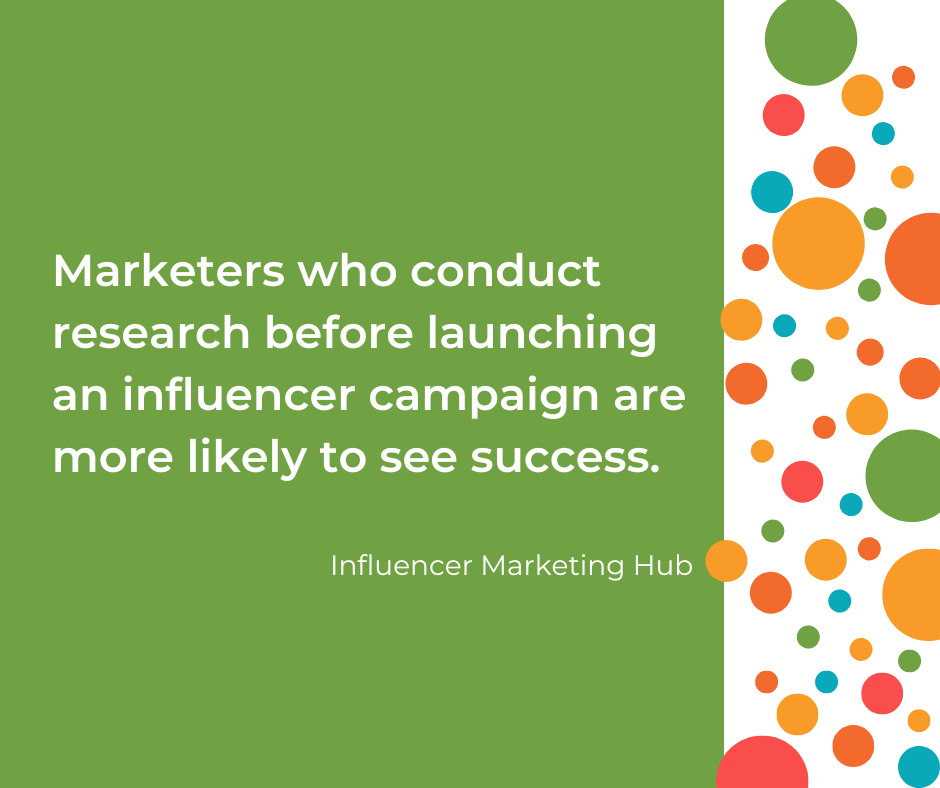

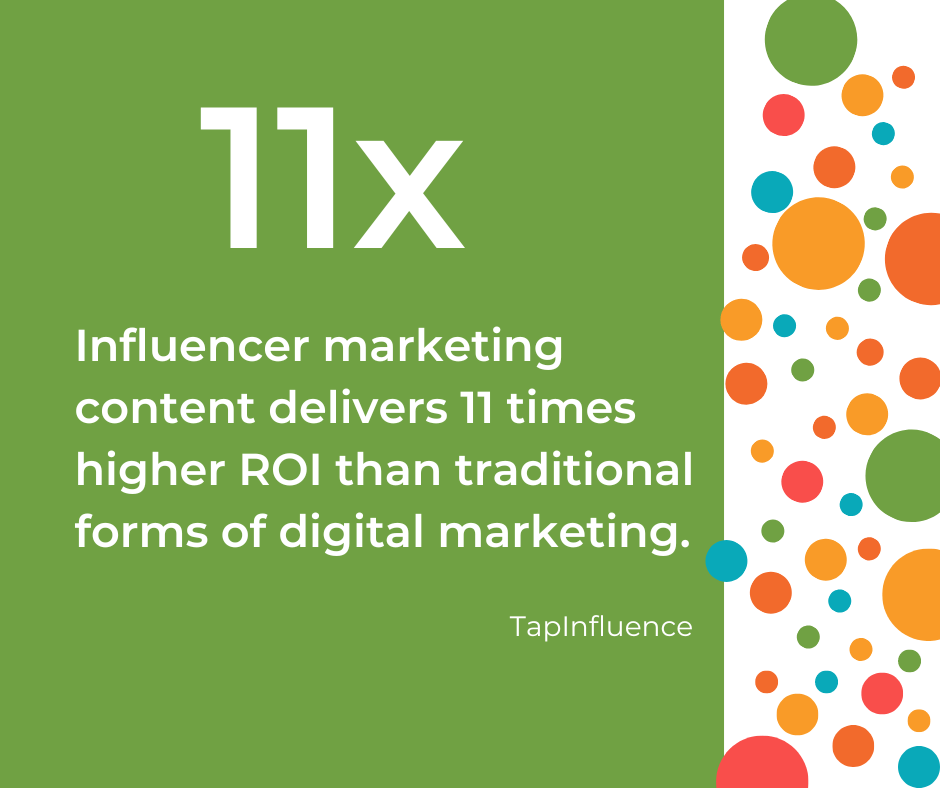





 Senior Marketing Executive
Senior Marketing Executive Sales & Marketing
Sales & Marketing General Manager PR -Internal Communications & Government Affairs
General Manager PR -Internal Communications & Government Affairs Vital Strategies
Vital Strategies
 Customer Intelligence Director
Customer Intelligence Director